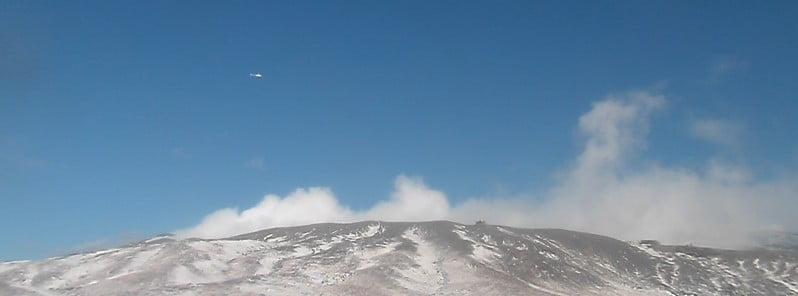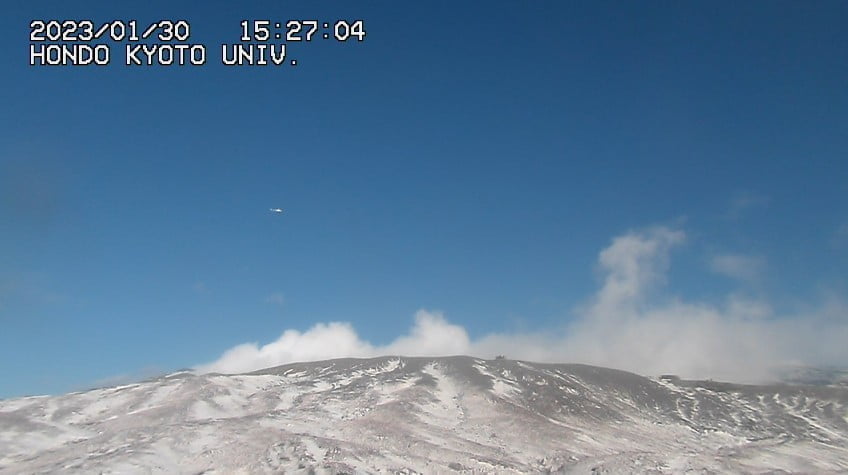Earthquake swarm under Asosan volcano, Alert Level raised, Japan

A seismic swarm started under the Asosan volcano in Japan on January 30, 2023, prompting the Japan Meteorological Agency (JMA) to raise the Volcanic Alert Level from 1 to 2.
The swarm started at about 12:20 LT and increased by 15:00 LT (06:00 UTC).
The agency is urging people to refrain from entering the danger zone and stay away from the crater.
Volcanic bombs and pyroclastic flows could affect an area of about 1 km (0.6 miles) from the Nakadake crater — one of Kyushu’s most popular tourist destinations, JMA warns.
On January 19, a gas and steam plume, rising about 300 m (984 feet) above the crater, contained 800 tonnes of sulfur dioxide (SO2) emissions.
Explosive eruption at the volcano is not ruled out and may occur suddenly.

A powerful phreatic explosion took place at Asosan’s Nakadake crater at 02:43 UTC on October 20, 2021. The eruption came one week after volcanic tremors detected under the volcano suggested hot water and magma are moving underground.
While there were no reports of injuries, the eruption produced pyroclastic flows that streamed about 1.3 km (0.8 miles) west of the crater and ejected large volcanic rocks nearly 1 km (0.62 miles) to the south.1
Ash cloud reached a height of 3.5 km (11 500 feet) above the crater.
Geological summary
The 24 km (14.9 miles) wide Asosan caldera was formed during four major explosive eruptions from 300 000 to 90 000 years ago. These produced voluminous pyroclastic flows that covered much of Kyushu.
The last of these, the Aso-4 eruption, produced more than 600 km3 (144 mi3) of airfall tephra and pyroclastic-flow deposits.
A group of 17 central cones was constructed in the middle of the caldera, one of which, Nakadake, is one of Japan’s most active volcanoes. It was the location of Japan’s first documented historical eruption in 553 AD.
The Nakadake complex has remained active throughout the Holocene. Several other cones have been active during the Holocene, including the Kometsuka scoria cone as recently as about 210 CE.
Historical eruptions have largely consisted of basaltic to basaltic-andesite ash emission with periodic strombolian and phreatomagmatic activity.
The summit crater of Nakadake is accessible by toll road and cable car, and is one of Kyushu’s most popular tourist destinations.2
References:
1 Asosan activity update – JMA -January 30, 2023
2 Asosan – Geological summary – GVP
Featured image credit: Hondo Kyoto University


Commenting rules and guidelines
We value the thoughts and opinions of our readers and welcome healthy discussions on our website. In order to maintain a respectful and positive community, we ask that all commenters follow these rules.